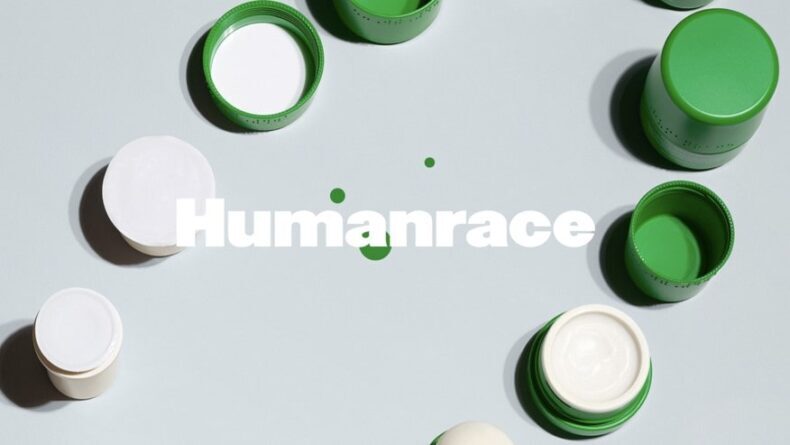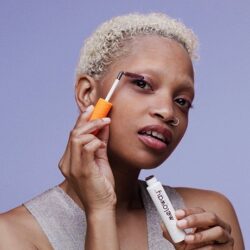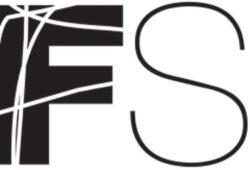

By Melissa Hago, VP and Creative Director of Beauty & Wellness and Mallory Huron, Strategist for Beauty & Wellness, Fashion Snoops

Inclusivity has been a beauty industry buzzword for several years now, but what began as a race to include as many shades of foundation as possible (the ‘Fenty effect’) has turned into an all-encompassing conversation about human rights, equity, and justice. The global Black Lives Matter and Stop Asian hate movements have empowered consumers and brands alike to take a stand, resulting in a bolder, uncompromising approach to inclusivity. New conversations are putting pressure on brands, with the recent wave of anti-Asian violence calling into question the proliferation of Eastern traditions like gua sha, yoga, and Eastern motifs or features. The “decolonize wellness” movement is also speaking to this, seeking to turn wellness spaces into a more inclusive, accepting arena in which all can heal and feel welcomed.
The age of the politely apolitical brand is over, as consumers are increasingly looking to support brands who align with their ethics and political views. Moreover, social media accounts like Estee Laundry have exposed the frequent disconnect between outward brand messaging about inclusivity, and the behind-the-scenes reality. Beauty insiders like Sharon Chuter of Uoma Beauty have helped to pioneer a proactive approach to transparent inclusivity, with her “Pull Up for Change” movement that provides insight into the diversity quotas within major brand leadership. Consumers are paying attention to this insight, and are holding brands accountable in the public sphere when they fall short of expectations for inclusive action.
While race, shade ranges, and diverse representation are still central issues within the beauty and wellness inclusivity discussion, the movement has grown to encompass so much more. Gender, sexual orientation, disability, and political justice are driving a broader approach to inclusivity, and language plays a key role in shifting norms. Unilever has committed to removing the word “normal” from their packaging, while brands like David Yi’s brand Good Light positions itself as being “gender inclusive” instead of “gender fluid” or “genderless,” which creates an accepting approach instead of erasing the concept of gender itself.
 Disability has also risen to the forefront of the beauty inclusivity conversation, with new developments like Braille packaging increasing in popularity thanks to brands like Pharrel’s Humanrace line or L’Occitane en Provence, who have both taken steps to include Braille on their packaging. In addition, brands like Meloway and Kohl Kreatives are working to bring flexible, adaptable beauty products to consumers who may struggle with disabilities or motor function issues.
Disability has also risen to the forefront of the beauty inclusivity conversation, with new developments like Braille packaging increasing in popularity thanks to brands like Pharrel’s Humanrace line or L’Occitane en Provence, who have both taken steps to include Braille on their packaging. In addition, brands like Meloway and Kohl Kreatives are working to bring flexible, adaptable beauty products to consumers who may struggle with disabilities or motor function issues.
To hear more insight into the beauty inclusivity movement, join Melissa Hago, VP and Creative Director of Beauty & Wellness at Fashion Snoops, as she moderates a discussion and speaks to industry experts on this topic at WeCosmoprof International, the Digital Event for Beauty.
ABOUT FASHION SNOOPS
 For over 20 years Fashion Snoops (FS) has been a leading force in the trend forecasting market, servicing clients in 50 countries in the areas of Beauty, Wellness, Fashion, Accessories, Home Décor, and other consumer-facing markets. Clients who work with us enjoy a unique point of view that stems from cultural trends and a heart-led approach to forecasting that is seamlessly intertwined and supported by cutting-edge, AI-augmented tools.
For over 20 years Fashion Snoops (FS) has been a leading force in the trend forecasting market, servicing clients in 50 countries in the areas of Beauty, Wellness, Fashion, Accessories, Home Décor, and other consumer-facing markets. Clients who work with us enjoy a unique point of view that stems from cultural trends and a heart-led approach to forecasting that is seamlessly intertwined and supported by cutting-edge, AI-augmented tools.
Learn more about Fashion Snoops at www.fashionsnoops.com
Categorized in: Trends/Insights
